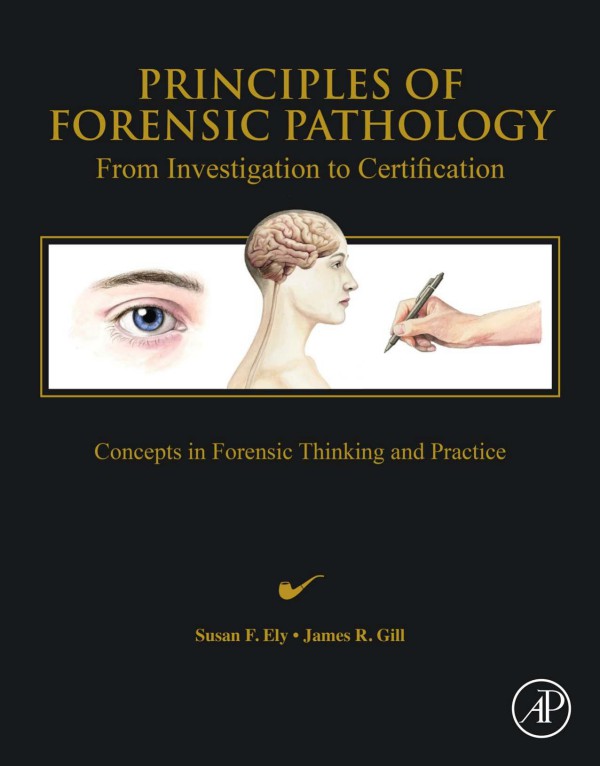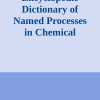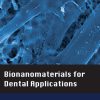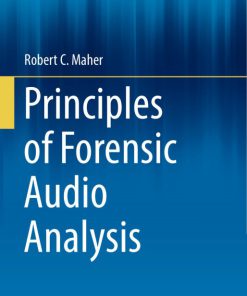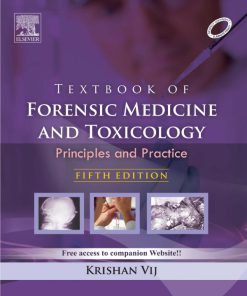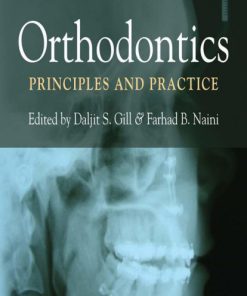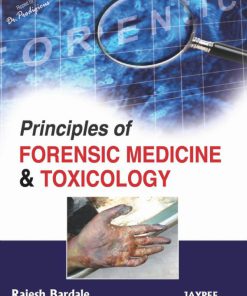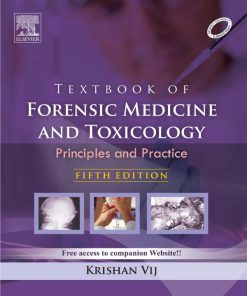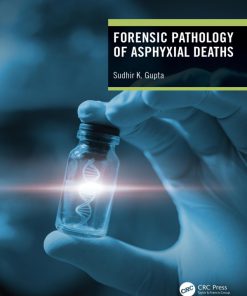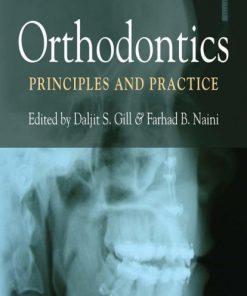Principles of Forensic Pathology 1st Edition by James Gill,Susan Ely 9780323986397 0323986390
$50.00 Original price was: $50.00.$25.00Current price is: $25.00.
Authors:Ely, Susan F.;Gill, James R.; , Series:Forensic [54] , Author sort:Ely, Susan F.;Gill, James R.; , Ids:9780323917964 , Languages:Languages:eng , Published:Published:Sep 2021 , Publisher:Elsevier Inc.
Principles of Forensic Pathology 1st Edition by James Gill,Susan Ely – Ebook PDF Instant Download/Delivery.9780323986397,0323986390
Full download Principles of Forensic Pathology 1st Edition after payment
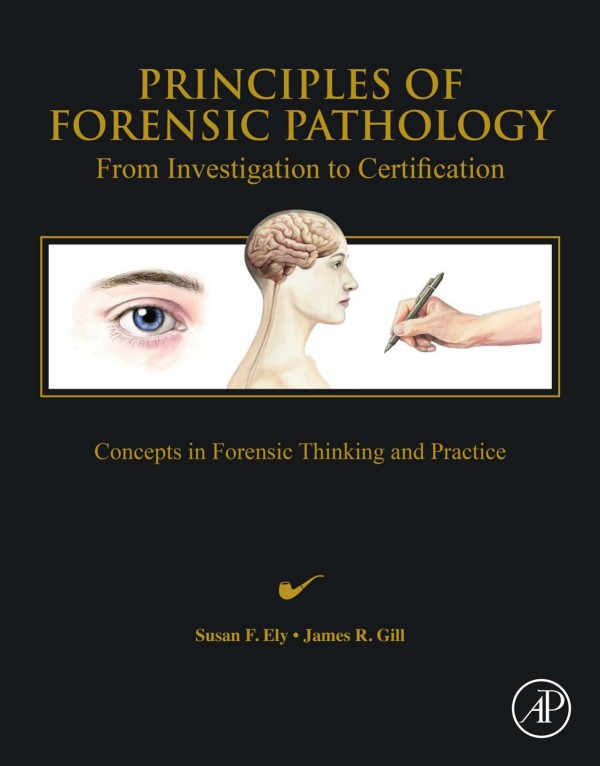
Product details:
ISBN 10: 0323986390
ISBN 13: 9780323986397
Author:James Gill,Susan Ely
Principles of Forensic Pathology: From Investigation to Certification offers a conceptual framework and foundational approach to a forensic practice grounded by evidence-based and mechanistic thinking. This book uses a systematic approach to address, explain, and guide the reader through diverse topics relevant to forensic pathologists and medicolegal death investigators. Nineteen chapters provide a comprehensive overview of the field of forensic pathology and discusses central topics such as scene investigation, the pathophysiology of death, death certification, the forensic autopsy, forensic imaging, pediatric forensic pathology, the importance of context, and approaches to frequently encountered medicolegal death circumstances, with mental checklists and suggestions for a consistent and considered approach. Written by forensic professionals, this book is a practical, yet comprehensive compendium for practicing forensic pathologists, coroners, medicolegal death investigators, forensic pathology fellows, pathology residents, medical students interested in forensic pathology, lawyers, and law enforcement professionals.
- Presents a primary text that is ideal for daily forensic practice
- Discusses how to properly investigate and certify death in a consistent and defensible way
- Emphasizes best practices in the field, providing an approach that is in line with today’s forensic pathologist
Principles of Forensic Pathology 1st Table of contents:
Chapter 1. Forensic pathology: overview
Introduction: who we are and our unique role as physicians
Historical perspective
Coroner versus medical examiner systems in the United States and abroad
What constitutes “medical examiner/coroner jurisdiction”?
The forensic autopsy (see also Chapter 5)
Death certification (see also Chapter 3)
Planning for a career in forensic pathology: advice to future trainees
Chapter 2. Thinking forensically: planning, anticipating, observing, documenting, inquiring, synthesizing, opining, and communicating, in that order
The importance of context
The role of inference: releasing the grip on exclusively anatomic findings
Objectivity, neutrality, and observational acumen: being autoptic
Anticipating, planning, observing, documenting, inquiring, synthesizing, opining, and communicating, in that order
Preautopsy analysis and planning
Anticipating questions and future issues
Postautopsy analysis and planning
Observing and documenting
Inquiring
Interpreting and synthesizing
Opining
Communicating
Chapter 3. The pathophysiology of death and death certification
The pathophysiology of death
Death certification
Other death certificate fields and miscellaneous issues
Key death certification tips
Chapter 4. The scene investigation, postmortem changes, and time of death
The written narrative
Postmortem changes and establishing the basis for postmortem interval estimates
Time of death versus time of pronouncement: reports and testimony
The trauma scene
Crime scenes and deaths in public view
Field challenges in the recognition and identification of human skeletal remains
Attempts at postmortem concealment of bodies in homicides (dismemberment, incineration, and burial)
Mass fatality incidents (MFI)
Avoiding the top 10 investigative oversights
Chapter 5. The forensic autopsy
The big picture
The forensic autopsy: general tips
Photography
Radiography
Radiologic tasks and tips
Evidence
The standard external autopsy examination
The standard internal autopsy examination
Cardiovascular pathology
Neuropathology
Forensic anthropology
Toxicological sampling
Histology
Microbiology
Approach to the trauma autopsy
Special techniques and examinations
The negative autopsy: the importance of what we exclude
Organ and tissue donation
Dissections and the funeral home
Religious objections to autopsy
The forensic team: investigators, technicians, clerical staff
Quality assurance
Safety in the autopsy environment
Chapter 6. Approach to forensic perinatal and pediatric pathology
Initial investigation
Primary scene
Reenactment
Medical history
Radiology
Photography
The pediatric autopsy
External examination
Postmortem changes and artifacts
Evidence of therapeutic intervention
Clothing
Injuries
Internal examination
Histology
Neuropathology
Toxicology
Metabolic studies
Microbiologic studies
Molecular genetics
Forensic odontology
Forensic biology
Forensic anthropology
Pediatric trauma
Fatal child abuse syndrome (aka, battered child syndrome) and abusive head trauma
Patterns of inflicted injury: infants versus toddlers/preschoolers
Asphyxia
Bathtub drownings
Thermal injuries
Neglect
Consultations
Child fatality review boards
Mandatory reporting
Home births: stillbirth versus live birth
Approach to the live born versus stillborn infant/fetus and possible neonaticide
What is SUID, SIDS, SUDC, and SUDP?
Conclusion
Chapter 7. Approach to natural deaths (adult)
The sudden and unexpected death
Specific forensic issues in sudden cardiac death
Pulmonary thromboembolism
Seizure-related deaths and epilepsy
Anaphylaxis
Alcohol use disorder (formerly known as chronic alcoholism) and chronic substance use disorder
Pancreatitis
Gastrointestinal hemorrhage (GIH)
Bronchial asthma
Dementia and old age
Diabetes mellitus
Obesity as a cause of death
Bronchopneumonia
Sudden death and chronic renal disease
Sudden death from endocrine disorders
Sudden death and psychiatric disease
Sickle cell disease and trait
Human immunodeficiency virus
Chapter 8. Approach to medical intervention-related deaths
Therapeutic complications
Deaths related to cosmetic, weight loss, and dental procedures
Accidents and homicides in medical settings
Chapter 9. Approach to firearms deaths
Deaths due to trauma
Firearm injury
Conclusion
Chapter 10. Approach to blunt, sharp, and transportation deaths
Blunt injury
Sharp injury
Chop injury
Transportation injury
Chapter 11. Approach to asphyxial deaths
Asphyxia
Chapter 12. Approach to burns, blast, and radiation injury
Thermal and inhalational injury
Blast/radiation injury
Animal attacks, domestic and in the wild
Chapter 13. Approach to environmental deaths
Drowning
Electricity
Environmental exposure: hyperthermia
Environmental exposure: hypothermia
Chapter 14. Approach to toxicological deaths
History and scene investigation
Autopsy examination
Toxicology testing
Death certification
Examples of drug intoxications
Natural disease in the presence of intoxicants
Toxicology testing and trauma deaths
Toxicology testing following hospitalization
Interpreting toxicology test results in the decomposed body
Drug packers (“Mules”)
Suicide versus accident
The apparent drug intoxication death with negative toxicology and no anatomic cause
Legal implications of mixed drug intoxications and other special toxicologic considerations
Miscellaneous toxicological issues
Toxicological considerations in pediatric deaths
Chapter 15. Special topics: in-custody deaths, physical altercations, neglect (adult), approach to unexpected hemorrhage, and delayed and concealed homicides
Deaths in detention centers/correctional facilities/police custody
Deaths in the setting of police restraint
Hyperactive delirium (so-called “excited delirium”)
Suicidal behavior in law enforcement encounters
The investigation
Police investigations and the medical examiner/coroner
Physical struggles: contact, altercations, and the death certificate
Abuse and/or neglect in the debilitated adult or teen
Approach to hemorrhage of unclear origin (unexpected hemorrhage found at autopsy)
Delayed deaths due to remote injury: issues and concepts
Approach to dismembered remains and other forms of postmortem concealment
Chapter 16. Communication
Overview
Verbal: one-on-one communication
Testifying in legal forums
High-profile deaths, media inquiries, and press offices
Public speaking: case presentations, lectures, and teaching
Written communication
Chapter 17. The forensic pathologist’s public health role
Introduction
Passive surveillance
Active surveillance
Death review teams
Identification of missing and unidentified persons
Detection and characterization of infectious disease
Conclusion
Chapter 18. Developments in postmortem imaging
Introduction
Approach to PMCT interpretation
CT reporting
Radiologic identification
Postmortem CT angiography
Image-guided procedures
Postmortem and decomposition changes on imaging
Mummification, skeletonization, predation, and charred remains
Natural disease
SARS-CoV-2 relating findings
Blunt chest trauma
Penetrating injury
Drug intoxication
Pediatric imaging
Foreign bodies
Pro tips/pearls
Forensic pathology postmortem imaging training curriculum: the New Mexico experience
Future directions
Chapter 19. Recent and ongoing technological advancements in forensic pathology practice
The role of molecular genetics in sudden and unexpected deaths
Rapid DNA
Digital fingerprinting
3D printing and anthropology
Facial reconstruction and recognition
People also search for Principles of Forensic Pathology 1st:
forensic pathology principles and practice pdf
principles of forensic pathology from investigation to certification pdf
principles of forensic nursing
types of forensic pathology
principles of forensic
You may also like…
eBook PDF
Principles of Forensic Audio Analysis 1st edition by Robert Maher 9783319994536 3319994530
eBook PDF
Forensic Pathology of Asphyxial Deaths 1st Edition by Sudhir Gupta 9780429649219 0429649215

